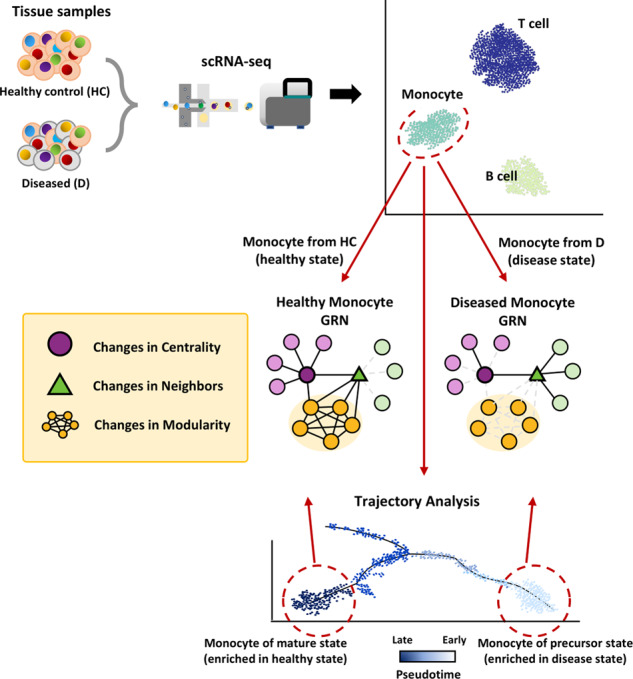Fig. 3. Hypothesis generation from network topology analysis in single-cell network biology.

Inferences in coregulatory transcriptome profiles of cells from two distinct states (healthy control versus disease state) lead to the construction of different GRNs. Genes that show changes in three types of network topology are likely to be associated with the state: centrality, neighbors, and modularity. For example, correlation analyses for monocytes from healthy and diseased samples may generate different networks, and changes in three types of topology between them will be examined for every gene. Similarly, networks for different developmental times along with topological analysis would suggest disease-associated genes because many disease states are associated with defects in development. For example, defects in the maturation of monocytes into functional dendritic cells would result in immune disorders.
